There’s no such thing as an ‘acoustic guitar chord’ – but these 12 shapes sound amazing unplugged
Learn a dozen chords that will expand your musical vocabulary and enhance your songwriting – and the best bit? They’re not that difficult

Let’s be clear: there’s no such thing as an ‘acoustic guitar chord’. If a guitar has a standard fretboard, then, acoustic or electric, all chord shapes are fair game. However, some chords do sound great when played on acoustic – and we’re looking at some of our favourites here.
We’re looking at a particular category of guitar chords: open-string shapes. These are chords that include open strings, but aren’t necessarily played in the open position. The lush, ringing open strings give a richness to these shapes that really fire up any acoustic arrangement, solo or in a band. Right, let’s get strumming!
1. The Bird Is the Word
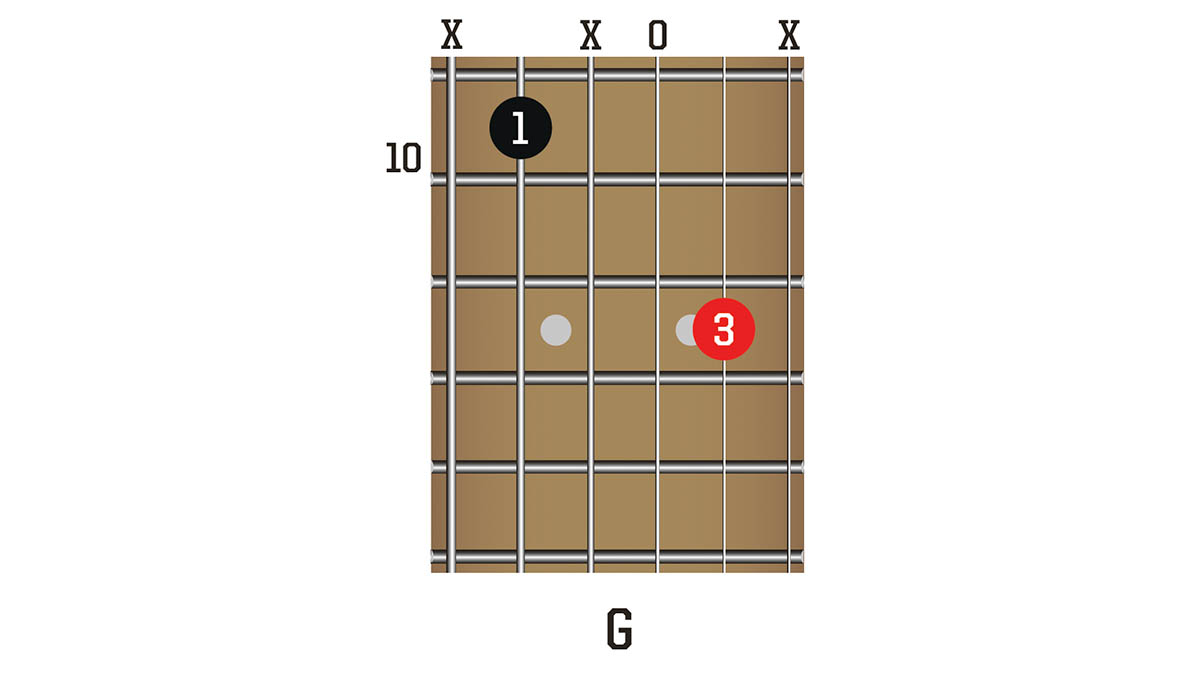
Played famously by Paul McCartney on The Fab Four’s Blackbird, this sweet shape can easily be moved around the fretboard – the open third string comes in and out of tune when you move the shape, creating harmony and dissonance. Try experimenting with it.
2. Still Flying High
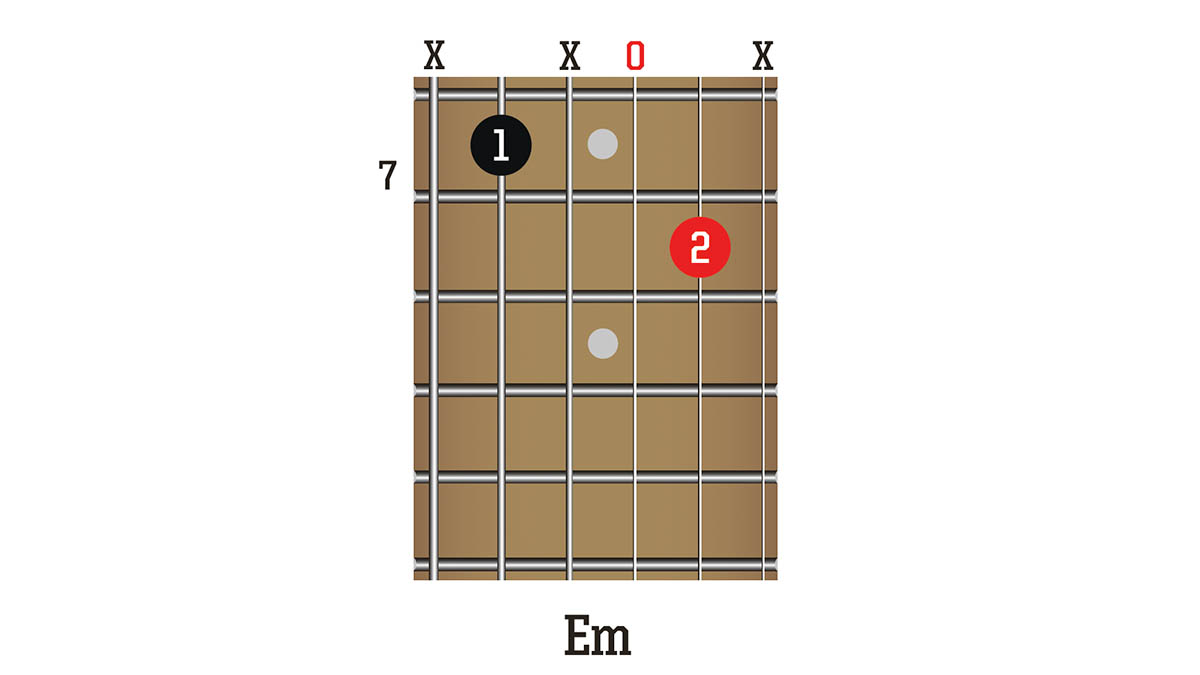
Another shape from Blackbird, this time played as a minor chord. Contemporary pop rocker James Bay has also taken these shapes to heart. Hold Back The River uses both of McCartney’s shapes, so make sure to try them both out.
3. Unchained
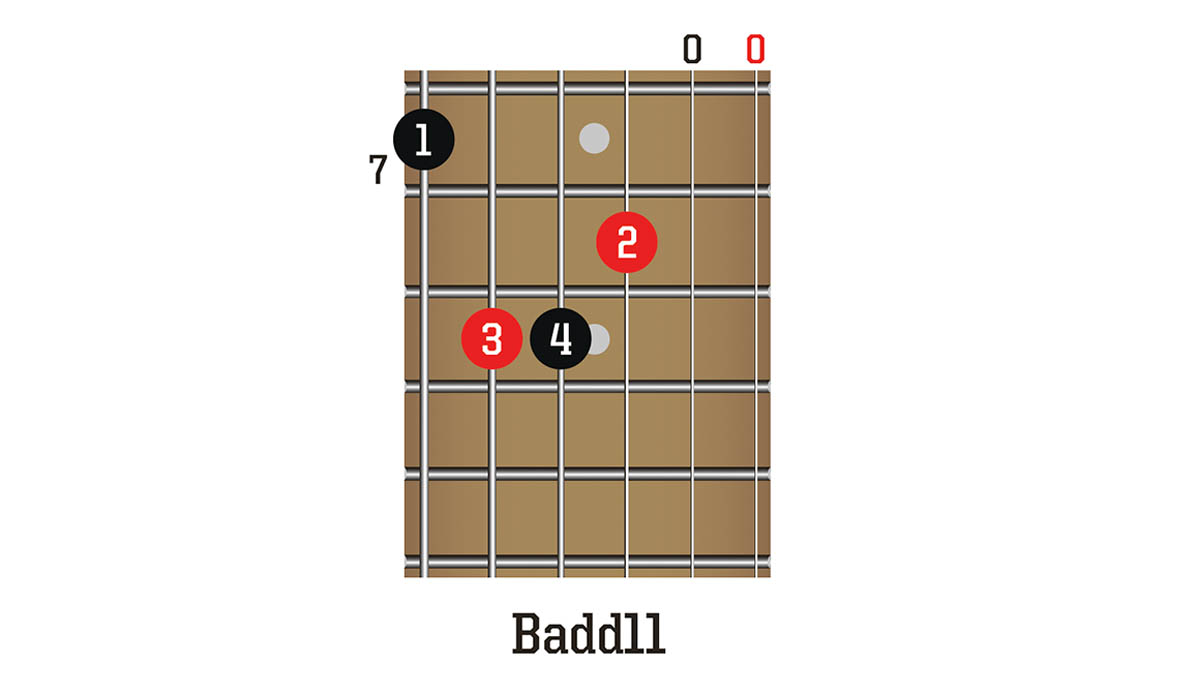
Whenever we hear this chord we think of No Excuses by Alice In Chains. Just slide in from two frets below to outline the intro. This is a versatile shape that you can move all around the fretboard. For instance, in 2nd position it’s the opening chord in Rush’s Hemispheres.
4. Feeling moody
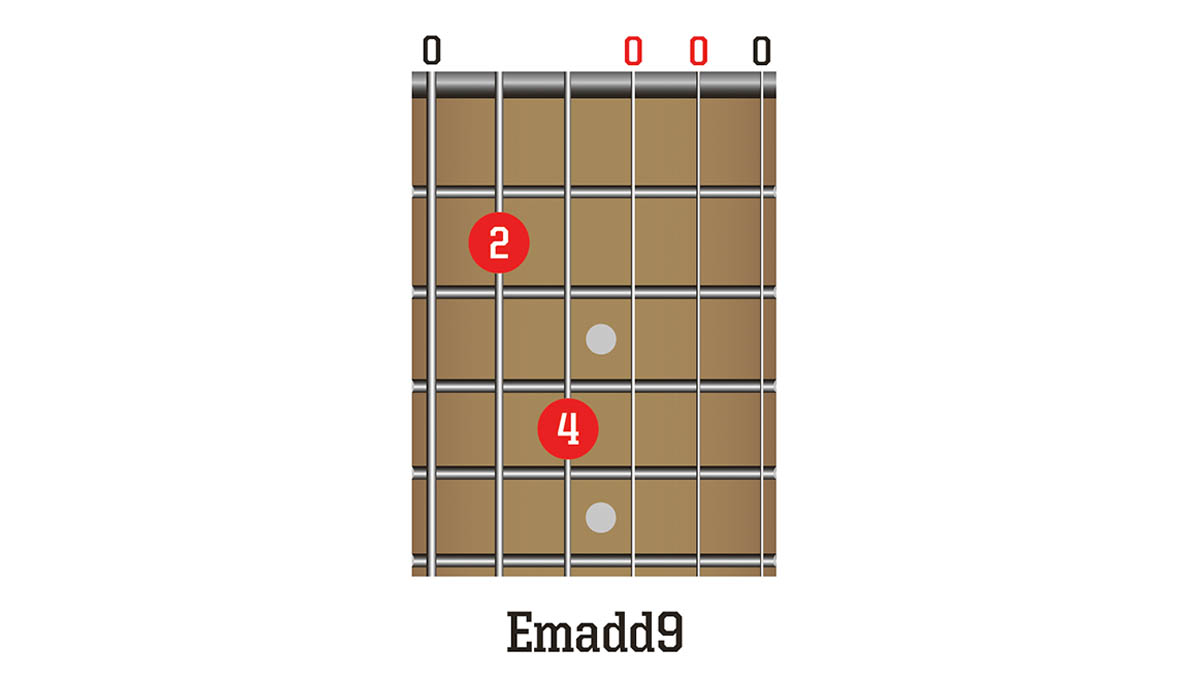
If you need a moody sound beyond the more basic Em chord, try out this minor add9 shape. We’re in the open position here in E minor, but it is possible to play it as a barre chord – it’ll be a stretch at the lower frets, though, so perhaps try it higher up the fretboard first.
5. Jumbo Powerchord
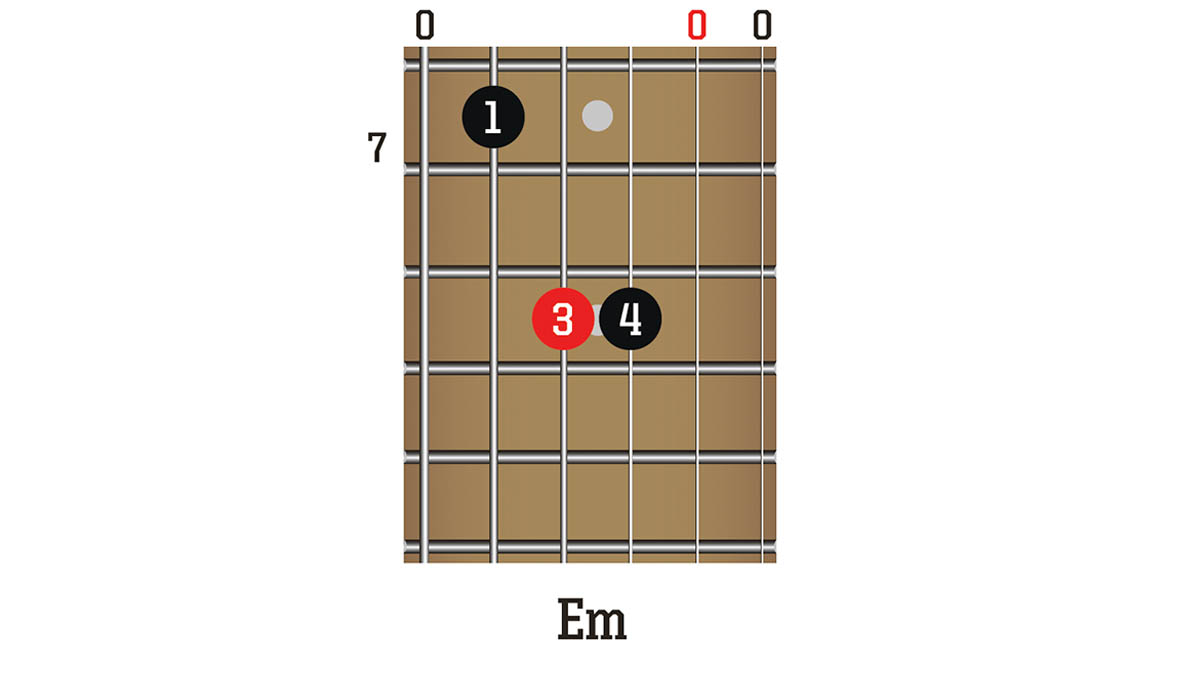
The guitar is never more glorious than when blasting out a powerchord, and here is the most powerful of them all: an enormous E5. Making use of open strings for maximum ring, the top two strings double notes from lower in the chord, creating a pseudo-12 string effect.
6. The Best of Foo
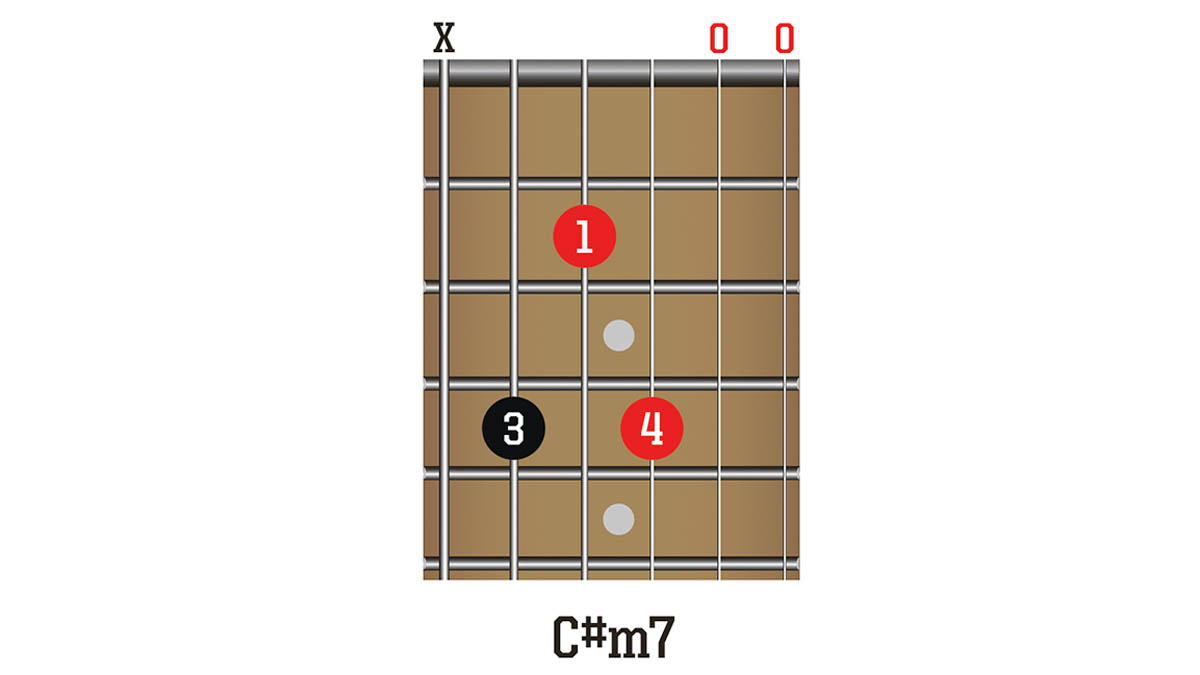
Dave Grohl is a master of using open strings in unusual voicings for a combination of jangle and crunch – and it sounds great on acoustic, too! This one opens Best Of You. It’s arguably easier than many more common minor 7 shapes thanks to the lack of a barre.
7. Unbearable Suspense
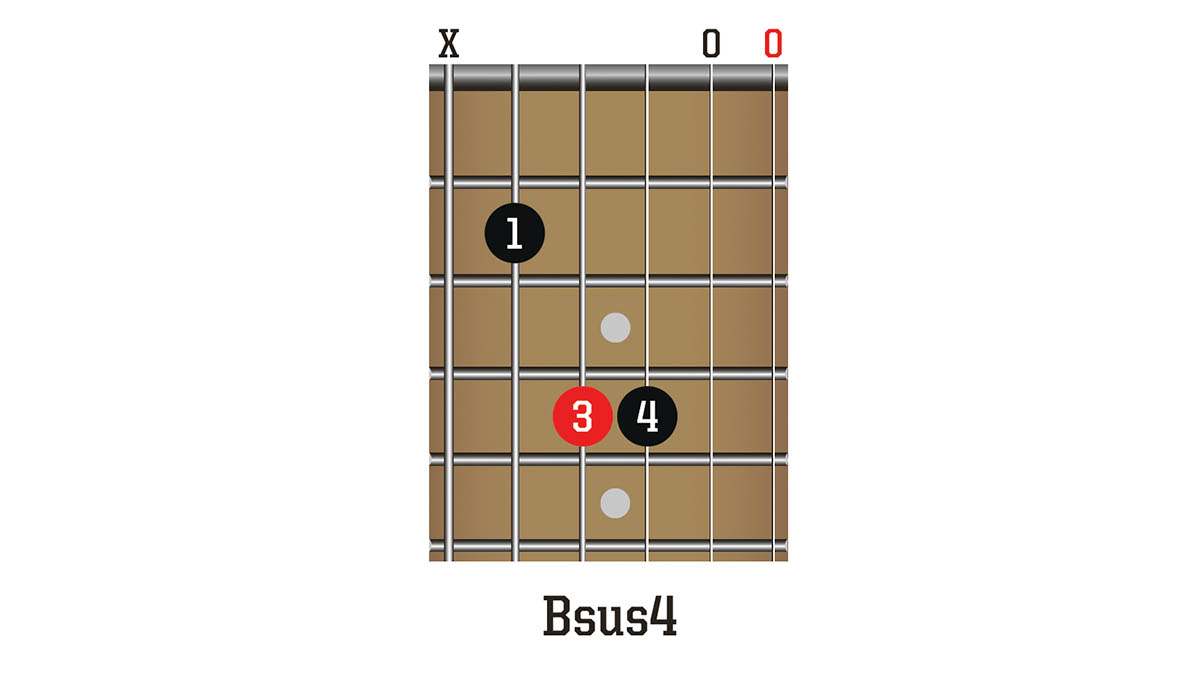
A logical way to follow the Grohl C#m7, this Bsus4 retains the same open strings for a sense of continuity. It has a stronger ring than entirely fretted versions of the chord and if your hand starts to cramp from barring it’s a handy escape route.
8. Happier Times
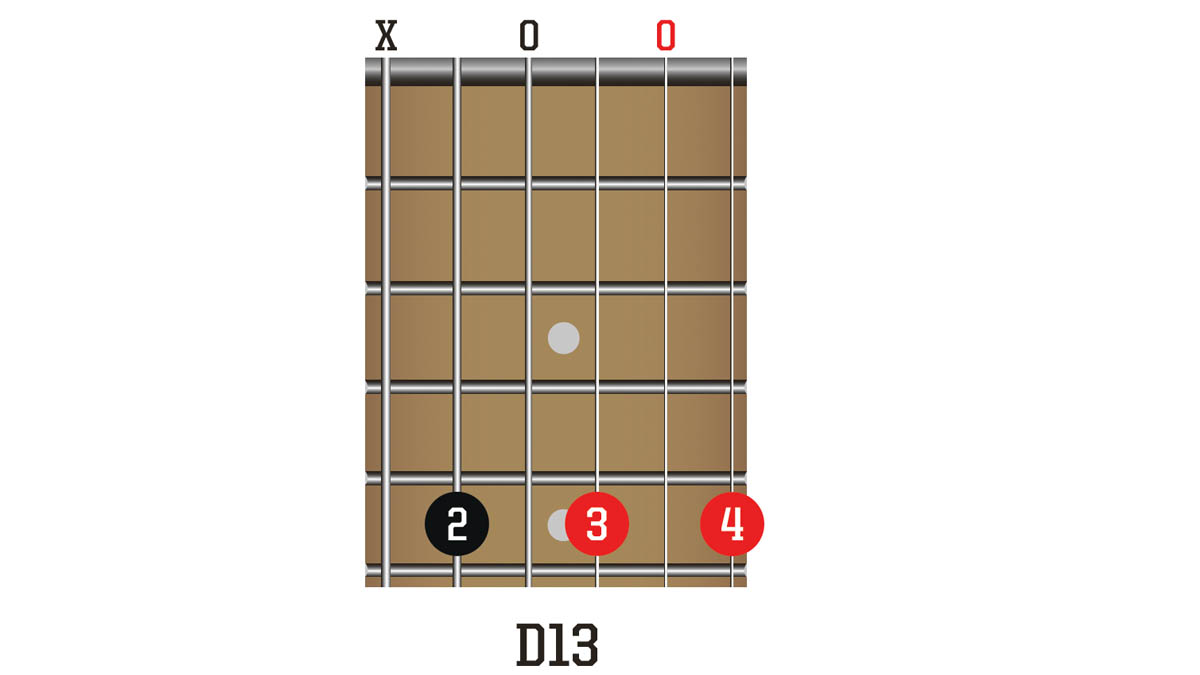
Yet another Dave Grohl open-string special here, and this immediately recognisable shape kicks off Times Like These. Though the original part was played on electric guitar, its open strings make it sound utterly majestic on steel‑string acoustic.
9. Lydian dream
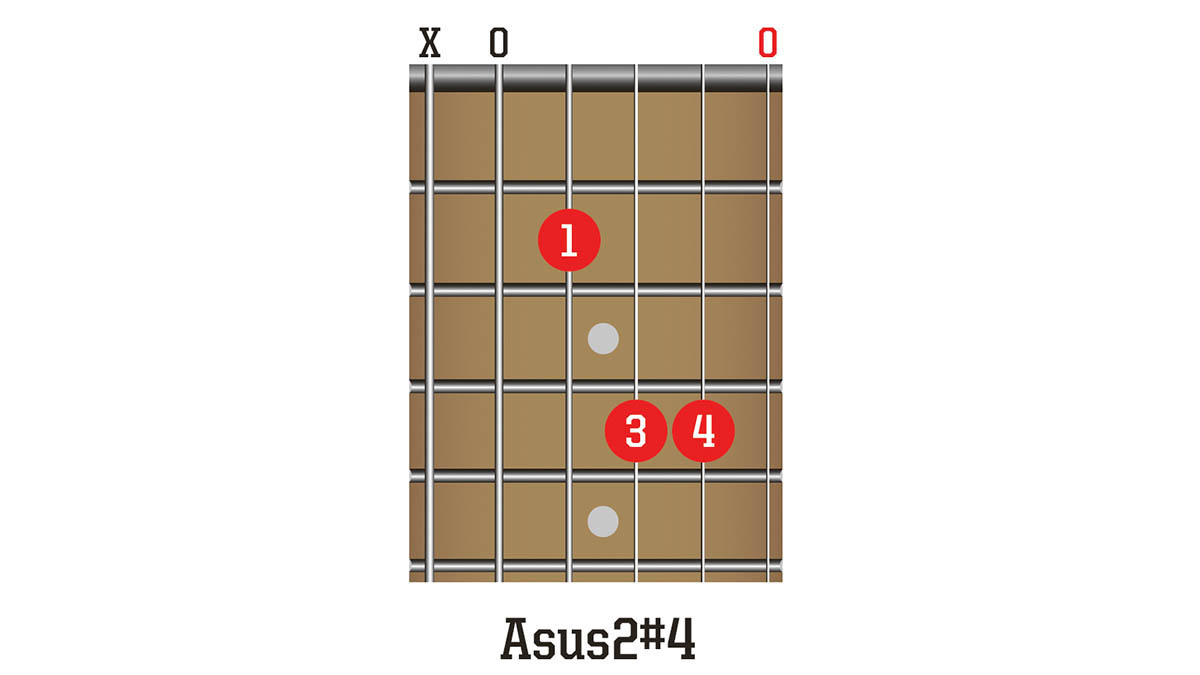
This uplifting chord’s characteristic #4th interval (D#) makes it a great way to explore the Lydian mode. Or use it as a substitute for A major when you’re playing in the key of E major and want more sophisticated chords. Prince used it, so you know it’s good.
10. Thumbs Up
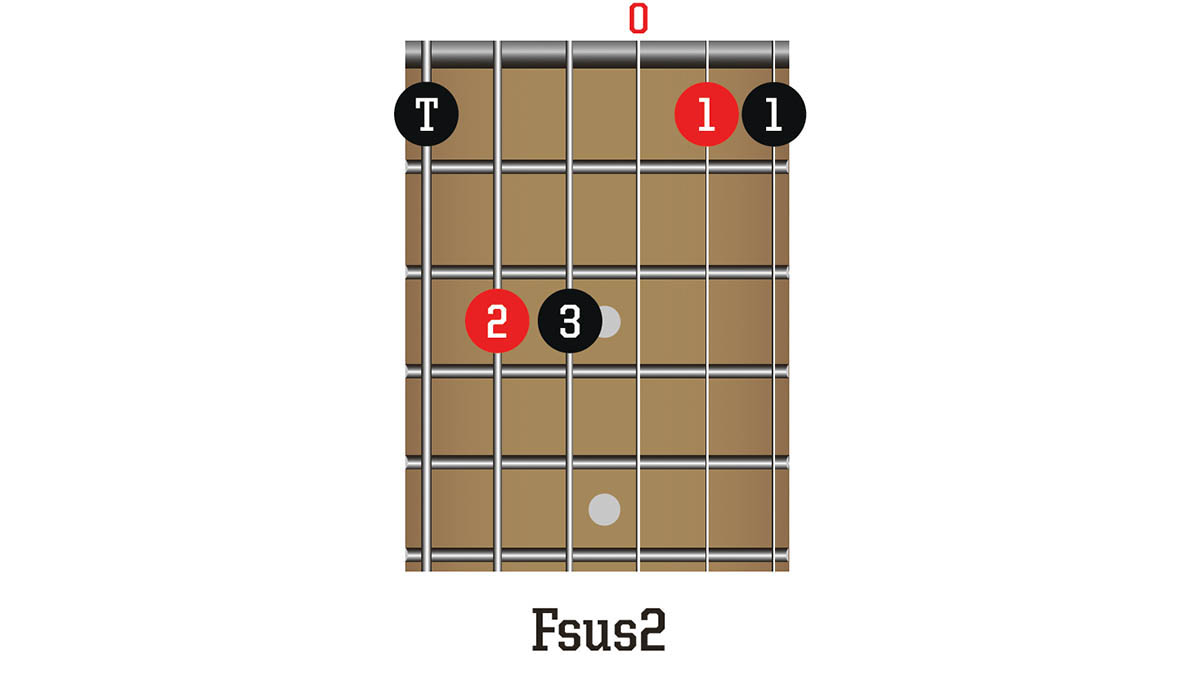
Some guitarists live with their thumbs placed over the neck, and others hate the position. There are a range of chords that aren’t possible without using the thumb to fret bass notes, though. This tasty Fsus2 should be enough to persuade you it’s worth the effort – and that ringing open G string is lush!
11. The Sound of Yearning
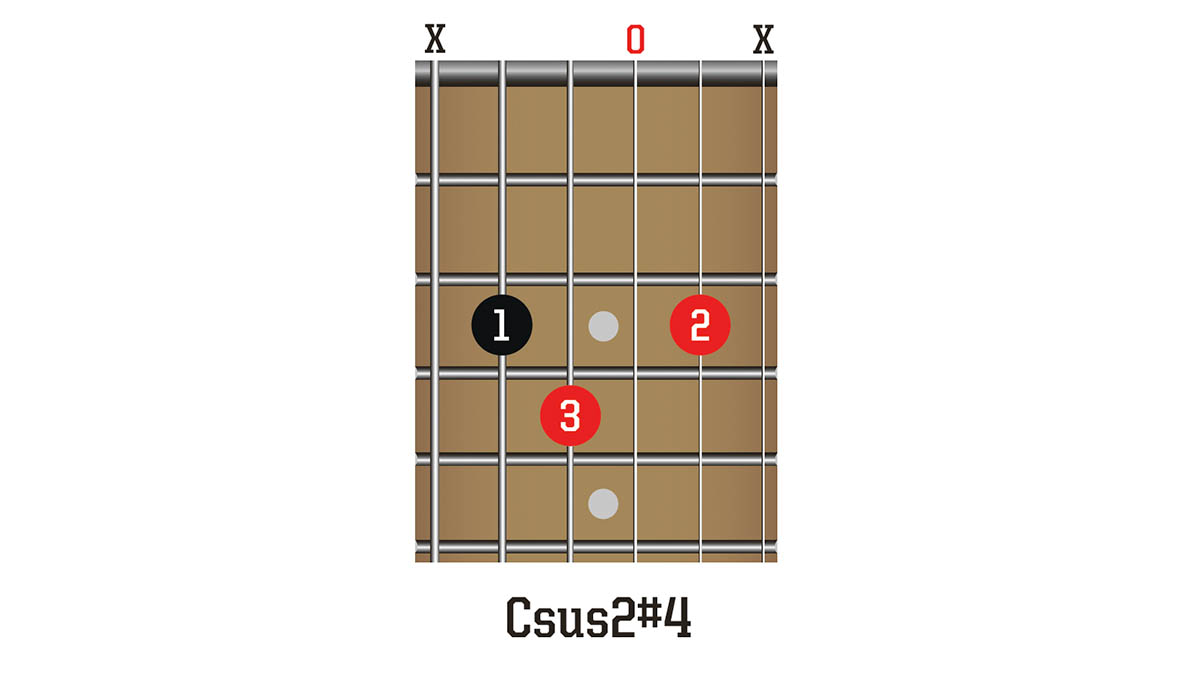
Employed by super-producer Butch Walker (Green Day, Fall Out Boy) on his first solo album, this chord sounds sad and hopeful at the same time, which makes it ideal for plaintive ballads. It’s a tense collection of notes, so it tends to work best when arpeggiated or gently fingerpicked.
12. DADGAD D major
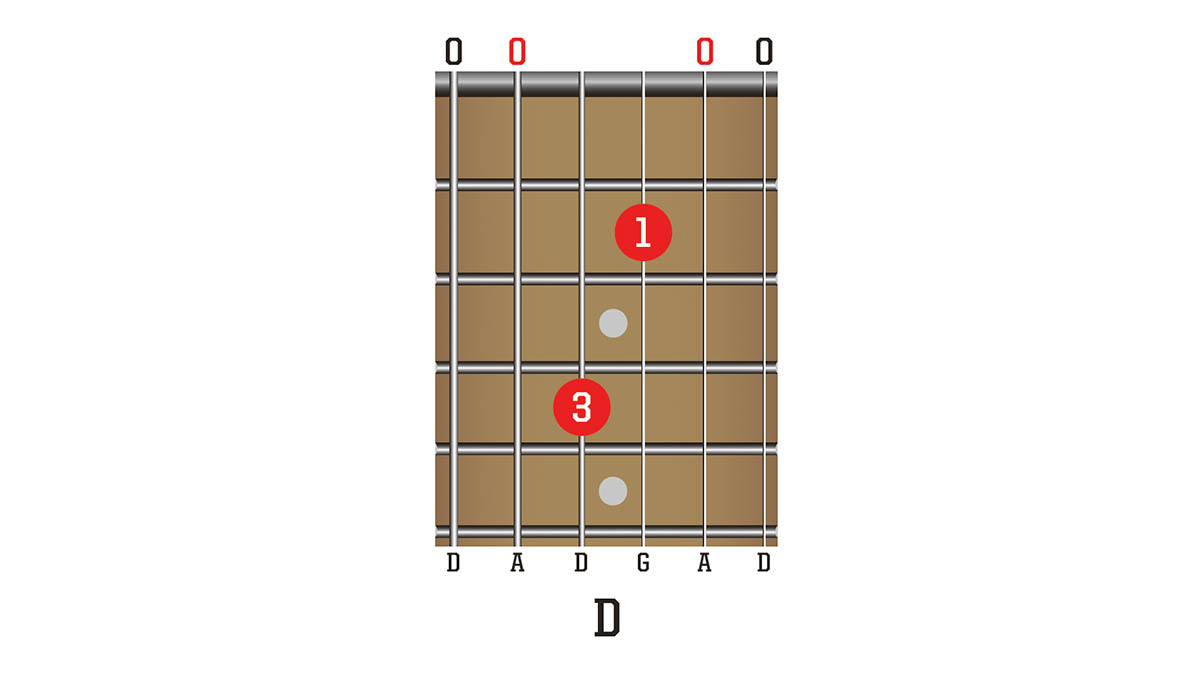
DADGAD is a great place to start with altered tunings on the acoustic guitar because it has such a rich chord vocabulary available. Here’s a straightforward D major chord, but immediately it has more depth and colour than you get from the same chord played in standard tuning.
Get The Pick Newsletter
All the latest guitar news, interviews, lessons, reviews, deals and more, direct to your inbox!
Chris has been the Editor of Total Guitar magazine since 2020. Prior to that, he was at the helm of Total Guitar's world-class tab and tuition section for 12 years. He's a former guitar teacher with 35 years playing experience and he holds a degree in Philosophy & Popular Music. Chris has interviewed Brian May three times, Jimmy Page once, and Mark Knopfler zero times – something he desperately hopes to rectify as soon as possible.








![Joe Bonamassa [left] wears a deep blue suit and polka-dotted shirt and plays his green refin Strat; the late Irish blues legend Rory Gallagher [right] screams and inflicts some punishment on his heavily worn number one Stratocaster.](https://cdn.mos.cms.futurecdn.net/cw28h7UBcTVfTLs7p7eiLe.jpg)


